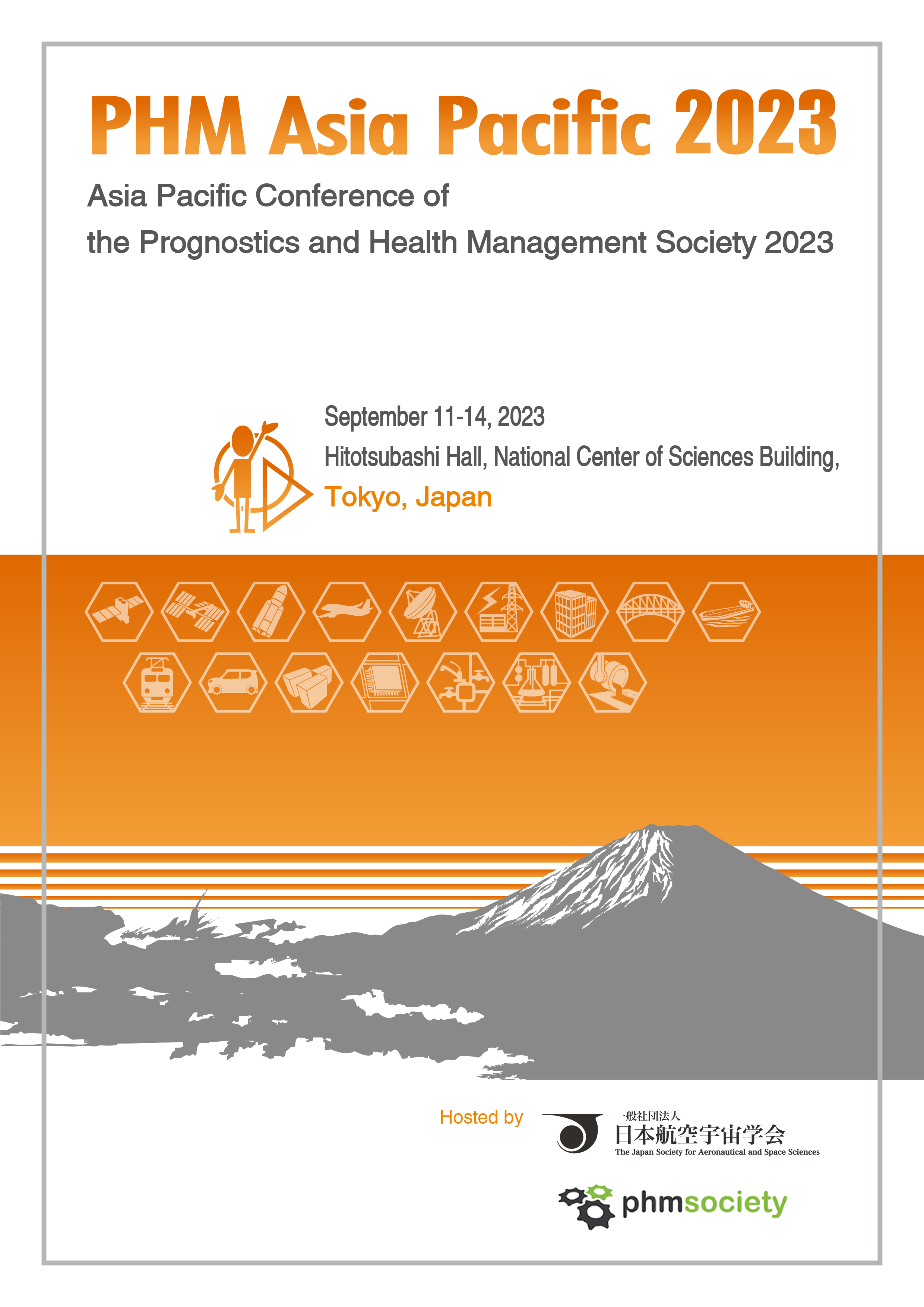Digital Twin for Diagnosis of Belt Looseness in HVAC Systems using multi-body dynamics simulation
##plugins.themes.bootstrap3.article.main##
##plugins.themes.bootstrap3.article.sidebar##
Published
Sep 4, 2023
Daeguen Lim
Wonho Jung
Sung Hyun Yun
Yong Hwa Park
Gil-Yong Lee
Abstract
Most heating, ventilation, and air conditioning (HVAC) systems operate using a belt pulley system that provides high efficiency at a low cost. To monitor the health of the HVAC system, it is essential to detect looseness, which is one of the primary failure modes of belt-pulley systems. The main feature used to identify looseness is belt slip, which can be computed using the ratio of angular velocity and diameter between the drive pulley and driven pulley. However, accurately diagnosing the condition of the HVAC system based on the slip distribution calculated by measuring the rotational speed can be based on empirical criteria. To overcome this problem, this paper proposes constructing a digital twin model for accurate diagnosis of belt loosening in HVAC systems. The proposed approach involves performing multi-body dynamics (MBD) based time-domain analysis considering uncertainty. To validate the proposed model, belt looseness is applied to the HVAC system, and the slip distribution is calculated and compared with the results computed by the digital twin model. Through this comparison, it was demonstrated that the proposed model can be utilized to diagnose belt looseness in the HVAC system.
##plugins.themes.bootstrap3.article.details##
Keywords
Digital Twin, Diagnosis, Belt Looseness, HVAC System, Multi-Body Dynamics, Simulation
References
Grieves, Michael, and John Vickers. (2017). Digital twin: Mitigating unpredictable, undesirable emergent behavior in complex systems. Transdisciplinary perspectives on complex systems: New findings and approaches, pp. 85- 113.
Hartmann, Dirk, Matthias Herz, and Utz Wever. (2018). Model order reduction a key technology for digital twins. Reduced-Order Modeling (ROM) for Simulation and Optimization: Powerful Algorithms as Key Enablers for Scientific Computing, pp. 167-179.
Lee, Gil-Yong, and Yong-Hwa Park. (2023). A proper generalized decomposition-based harmonic balance method with arc-length continuation for nonlinear frequency response analysis. Computers & Structures, 275, 106913 .
Antoine Picot, Etienne Fournier, Jérémi Régnier, Mathias TientcheuYamdeu, Jean-Marie Andréjak, and Pascal Maussion (2017). Statistic-based method to monitor belt transmission looseness through motor phase currents. IEEE Transactions on Industrial Informatics, pp. 1332-1340.
Hutchinson, J. R. (2001). Shear coefficients for Timoshenko beam theory. J. Appl. Mech, pp. 87-92.
Hunt, Kenneth H., and Frank R. Erskine Crossley. (1975). Coefficient of restitution interpreted as damping in vibroimpact, pp. 440-445.
Mostaghel, Naser, and Todd Davis. (1997). Representations of Coulomb friction for dynamic analysis. Earthquake engineering & structural dynamics, pp. 541-548.
Hartmann, Dirk, Matthias Herz, and Utz Wever. (2018). Model order reduction a key technology for digital twins. Reduced-Order Modeling (ROM) for Simulation and Optimization: Powerful Algorithms as Key Enablers for Scientific Computing, pp. 167-179.
Lee, Gil-Yong, and Yong-Hwa Park. (2023). A proper generalized decomposition-based harmonic balance method with arc-length continuation for nonlinear frequency response analysis. Computers & Structures, 275, 106913 .
Antoine Picot, Etienne Fournier, Jérémi Régnier, Mathias TientcheuYamdeu, Jean-Marie Andréjak, and Pascal Maussion (2017). Statistic-based method to monitor belt transmission looseness through motor phase currents. IEEE Transactions on Industrial Informatics, pp. 1332-1340.
Hutchinson, J. R. (2001). Shear coefficients for Timoshenko beam theory. J. Appl. Mech, pp. 87-92.
Hunt, Kenneth H., and Frank R. Erskine Crossley. (1975). Coefficient of restitution interpreted as damping in vibroimpact, pp. 440-445.
Mostaghel, Naser, and Todd Davis. (1997). Representations of Coulomb friction for dynamic analysis. Earthquake engineering & structural dynamics, pp. 541-548.
Section
Special Session Papers

This work is licensed under a Creative Commons Attribution 3.0 Unported License.
